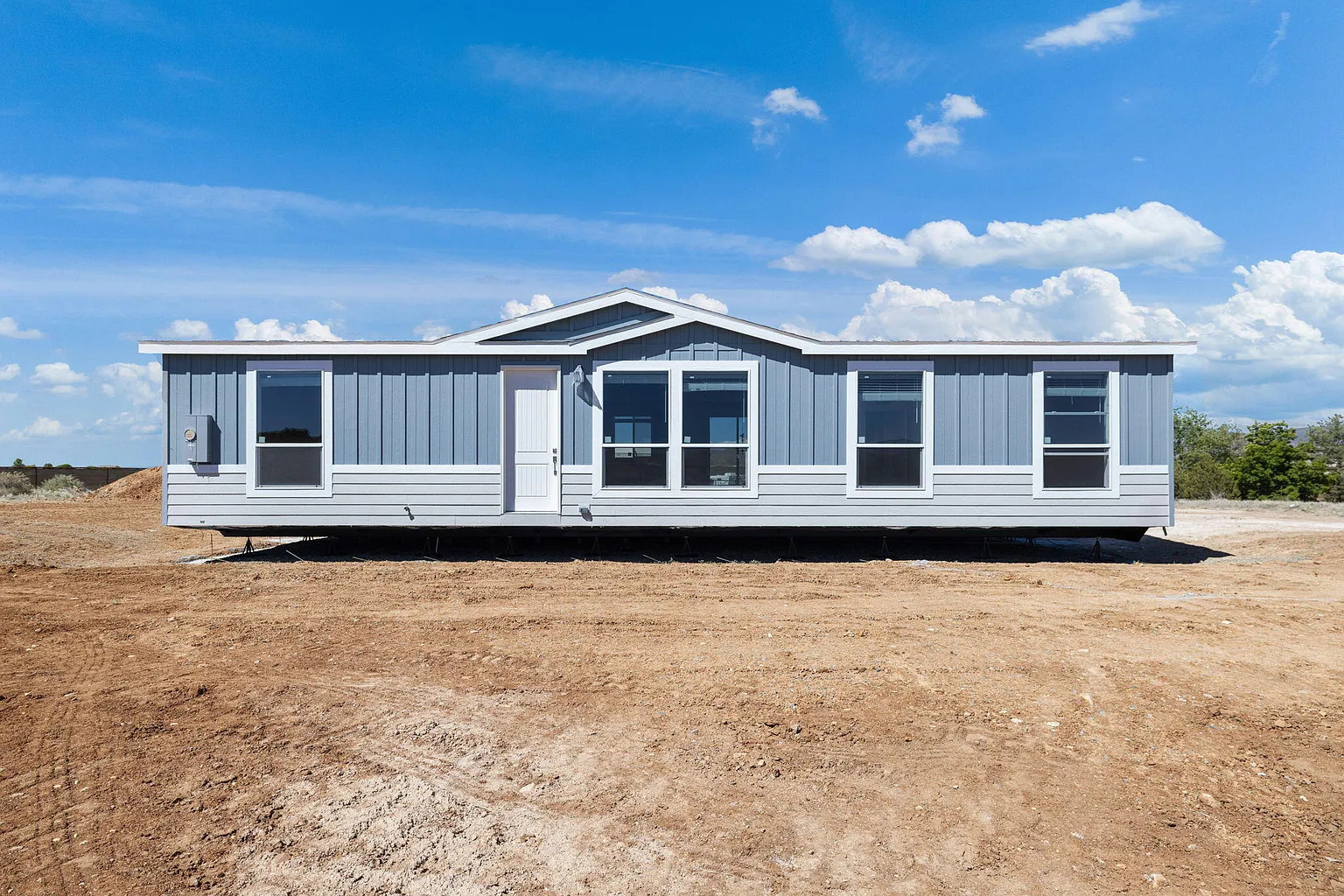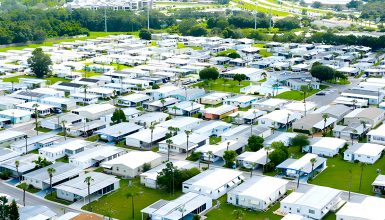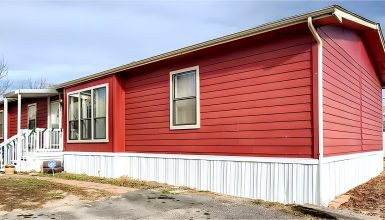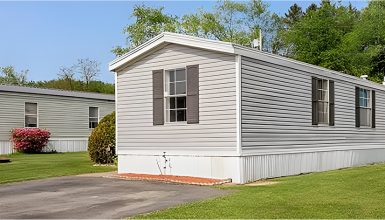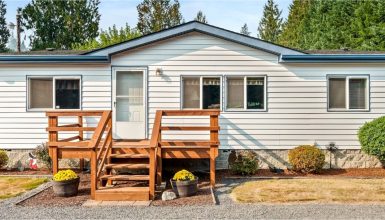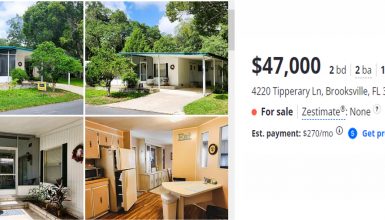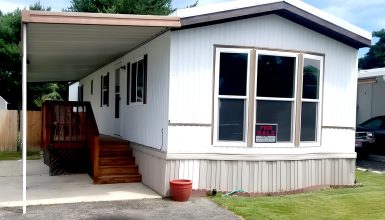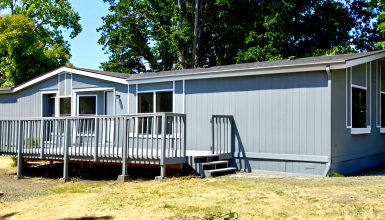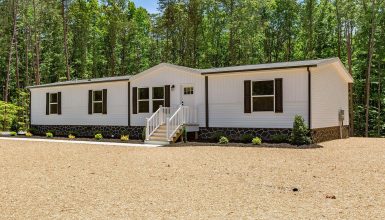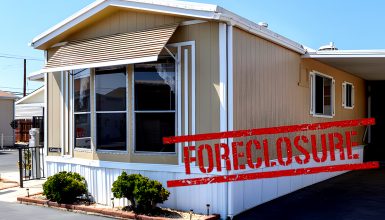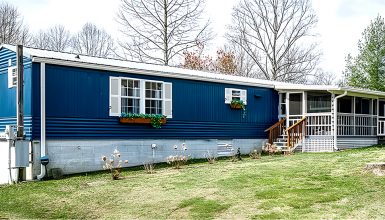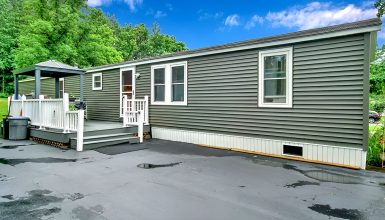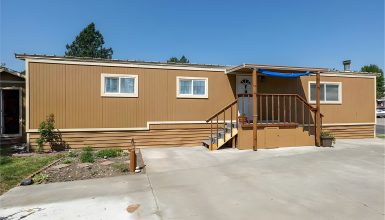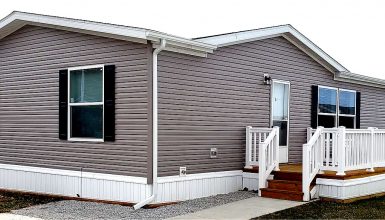Are you getting ready to move your mobile home? That can feel overwhelming. But don’t worry. We have easy tips to help you plan with confidence. You’ll learn how to handle permits, prepare the route, and secure your home. With these steps, you can enjoy a smooth move. Let’s dive in!
1. Check Local Regulations
Many areas have rules for mobile home moves. Some places set strict height or length limits. Others require special licenses or permits. Call your county or city office for details. Also, visit government websites for clear guidelines. That way, you avoid fines or delays when moving day arrives.
2. Inspect Your Home
A sturdy home travels better. Walk around your home and look for damage or weak spots. Check for loose siding or broken windows. Fix these problems to prevent bigger issues later. That helps you save time and money in the long run.
3. Hire a Licensed Mover
Not all movers know how to handle a mobile home. Find one that has real experience. Ask for proof of insurance so you stay covered. Also, look at reviews or get referrals from friends. That extra step builds your confidence in their work.
4. Remove Loose Items
Anything not fastened can shift or break during the move. Take down pictures and curtains, then store them in labeled boxes—secure cabinets with tape or child-proof locks. Place fragile objects in sturdy containers with plenty of padding. That way, your items stay safe and intact.
5. Plan the Route
A little planning saves a lot of hassle. Check the roads for weight limits and height clearances. Watch out for low bridges or tight corners. If a path seems risky, choose a safer route. This helps you avoid delays and protect your home.
6. Schedule Utility Disconnections
Call your providers a few weeks before you move. Let them know your final water, gas, and electricity use date. Confirm any fees or service end times. That keeps your move on track and helps you avoid extra charges. Plus, it ensures a smooth transition when you arrive at your new spot.
7. Prepare the New Lot
Your home needs a safe and sturdy spot. Clear the area of trash or debris so nothing gets in the way. Make sure the ground is level before placing your home. If you need a foundation, arrange that in advance. This helps you avoid shifting or settling later.
8. Get New Utility Hookups
Nobody likes to live in the dark or without water. Call your new utility companies as soon as you can. Tell them the date you plan to move in. This way, your lights will turn on, and your faucets will run when you arrive.
9. Budget for Extra Costs
Hidden costs pop up more often than you think. You might pay road tolls, permit fees, or property prep charges. Set aside extra money for these surprises. That simple step helps you avoid stress when the bills roll in.
10. Check Insurance Coverage
Call your agent and make sure your policy covers the new location. Ask about any changes you need. This protects you from damage during the move or after you settle in. Plus, it gives you peace of mind that your home is safe.

